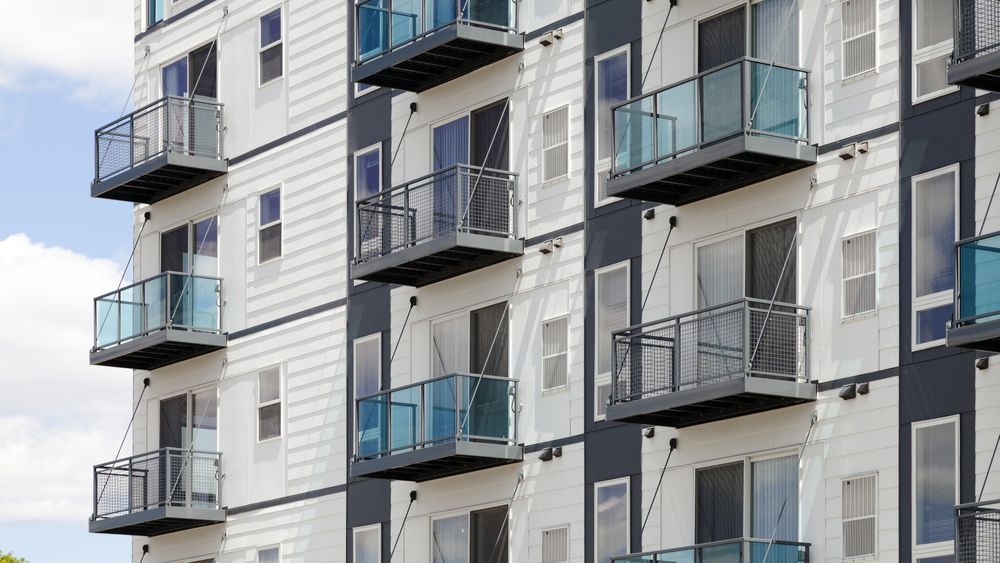Key Highlights
- Modular construction, faster and more affordable than conventional construction, taking off in sectors such as multifamily housing, medical and office buildings, hospitality and data centers
- Modular method ranges from panels and walls to full units such as kitchens and bathrooms
According to Scott L. Robinson, an assistant professor at the Schack Institute of Real Estate at New York University, “Modular makes sense for projects with a high volume of discrete and repeatable units.” It can also fast-track construction time by as much as 50% and cut costs by 20%, according to a report by McKinsey & Company. Cost savings come from fast-tracked building times, not from the upfront building costs.
Modular construction now accounts for some 5% of all new commercial and residential real estate projects, according to Ryan Smith, director of the School of Design and Construction at Washington State University. Smith said, “Between 2015 and 2020, we have seen a doubling of market share for modular construction in multifamily projects.”
The modular construction method faces the same challenges as conventional construction…labor shortages and financing. However, one company, the modular firm Factory OS that specializes in affordable housing, recently raised +$55M from Autodesk, Facebook, Google and others to create market-rate and corporate housing. No doubt the demand for affordable multifamily and single-family housing will only increase as cities and businesses alike are faced with off the chart affordable housing needs and squeezed budgets.
Retailers such as Harley Davidson, restaurant chains such as Chick-fil-A, and hotels are increasing adopting modular construction. Marriot Hotels has used modular construction in over 70 hotels since 2015 plus its 26-story, 168 room hotel in Manhattan (prefabricated guest rooms with bedding, flooring and toiletries, will, when opened in 2021, will be the largest modular hotel in the world.
Tom Hardiman, executive director of the Modular Building Institute, said, “Many developers are choosing modular construction because of a higher degree of quality, cost certainty and schedule certainty.”
No doubt, modular construction is an option more and more developers are likely to consider when having to decrease building costs by shaving development costs. Adaptability, customization and engaging the use of robotics all enable developers to”shave” development times by one-third to one-half, meet changing business and service needs and squeezed budgets.
Thanks to The New York Times.
































